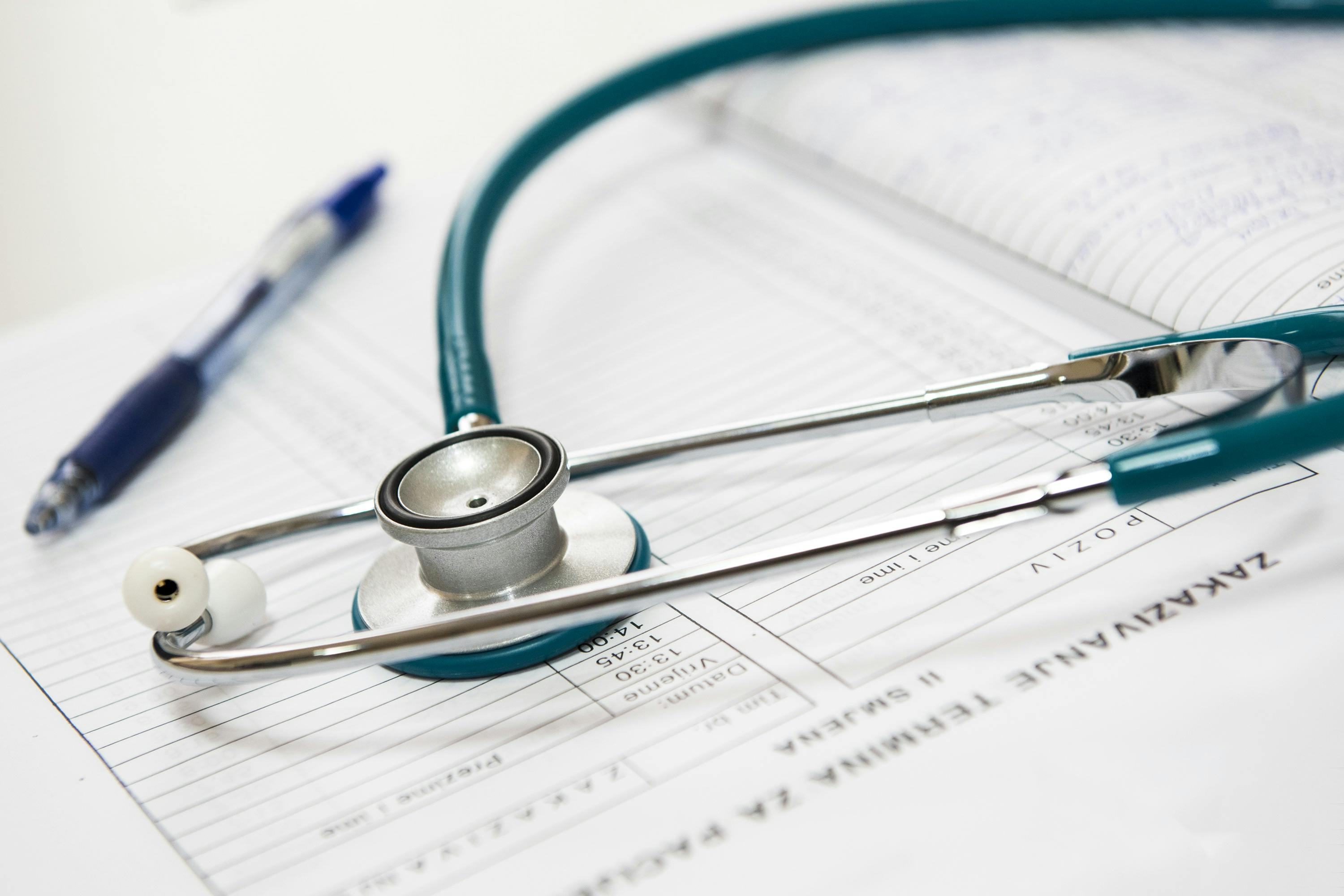

Though not widely discussed, many men face daily discomfort and a potential impact on their male fertility due to a highly treatable condition – varicocele. A varicocelectomy surgery is a safe procedure designed to address and alleviate this medical condition. This article discusses a varicocelectomy’s benefits, risks, and recovery expectations. Let’s begin by defining varicocelectomy in more detail.
Varicocele occurs when veins in the scrotum become enlarged. This medical problem is similar to varicose veins that can develop in the legs. The pampiniform plexus, a network of veins that drain the testicles, becomes dilated and can cause severe pain and swelling in the groin and even affect fertility.
The small veins that drain blood from the testicles allow it to cool which supports good sperm count and sperm quality. However, if this process is interrupted by enlarged veins that allow blood to pool it can have repercussions on testicular function and fertility.
The goal of varicocelectomy surgery is to remove or tie off the affected blood vessels, improve blood flow, and reduce painful symptoms.
There are different approaches to performing a varicocelectomy procedure. Discuss with your healthcare provider the potential risks and benefits of each method.
Regardless of the method used, two possible surgical approaches exist which might be used to access the veins in the scrotum. The inguinal approach lets your healthcare provider access the varicocele through the inguinal canal in your groin near the lower abdomen. The subinguinal approach enters slightly lower, below the inguinal ligament, or Poupart’s ligament.
Any surgical procedure can cause a bit of nervousness. So, let’s discuss step-by-step what to expect from a varicocelectomy from preparation to a follow-up visit.
Your doctor will perform a physical exam to evaluate your general condition for surgery. After taking your vitals, they will want to confirm and prescription medications or over-the-counter drugs you are currently taking. They will pay special attention to anti-inflammatories, blood thinners, and herbal supplements that could increase your risk of bleeding.
You should also be up-front about any allergies you have, even if they seem unrelated to the surgery. The doctor’s instructions regarding what to eat or drink before the procedure are crucial. Fluids or food on the stomach might cause vomiting during the surgery and could lead to you aspirating into your lungs.
At the beginning of the procedure, an anesthesiologist will administer drugs to sedate you. You won’t be awake or feel pain during the outpatient procedure. However, there is likely to be pain in the recovery room after you awaken at the end of the procedure.
The surgeon makes small incisions down to the spermatic cord where the abnormal veins are found. The problem veins are identified and distinguished from other healthy veins that should be preserved. The blood vessels are then meticulously ligated, or tied off, to interrupt their flow and redirect blood flow from the enlarged veins to more healthy ones.
The affected veins can then be cut and removed. The incision site is closed with stitches and a clean dressing is applied.
Pain at the incision site and in the scrotum is normal for two to three days after surgery. Your doctor will prescribe pain medication or suggest over-the-counter Tylenol for pain management. Apply an ice pack for about 10 minutes to help with swelling and discomfort.
Avoid lifting and strenuous exercise for two weeks or until your doctor gives permission. Stool softeners may be prescribed for a time to help avoid straining during voiding.
The dressing should be maintained for 24 hours post-op and showering can resume after that point. However, avoid soaking in the tub for at least a week.
One of the main benefits of varicocelectomy is pain relief. Many patients experience significant and permanent pain relief due to the removal of the varicocele.
Correcting the abnormal blood flow has a positive influence on male infertility. Varicocelectomy can improve sperm quality and increase pregnancy rates. Part of the follow-up process will be a semen analysis a few months after surgery to see the effect it has had on your reproductive system.
Treating varicocele with a varicocelectomy can help prevent further complications such as testicular atrophy or decreased testosterone production.
As with any open surgery, there are inherent risks associated with varicocelectomy. General anesthesia carries the risk of allergic reactions or complications in people with certain health conditions. There is a risk of infection at the surgical site. Varicocele can reoccur or a hydrocele, the accumulation of fluid around the testicle, may develop.
Every person is unique but generally swelling and bruising in the groin and scrotum should resolve in about a month. Light activity can resume within a few days. Avoid sex for at least a week after your varicocelectomy.
Seek medical assistance if you notice heavy bleeding, develop a fever, or see signs of infection. Regular check-ups will be scheduled to confirm healing progress and monitor sperm health, especially if infertility is the main cause of the surgery.
Varicocele repair from a varicocelectomy surgery can provide permanent pain relief for men suffering from the ill effects of enlarged veins in their groin area. While there are some innate risks with this surgery, many men accept the risk of this common procedure to achieve pain relief and better fertility levels. Speak with your healthcare provider today to see if this procedure is right for you.

0 comments